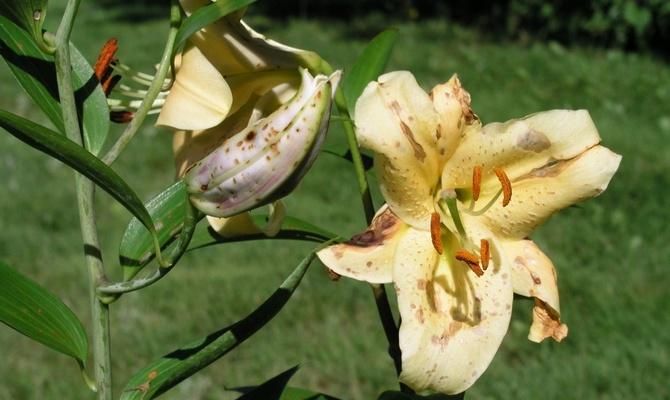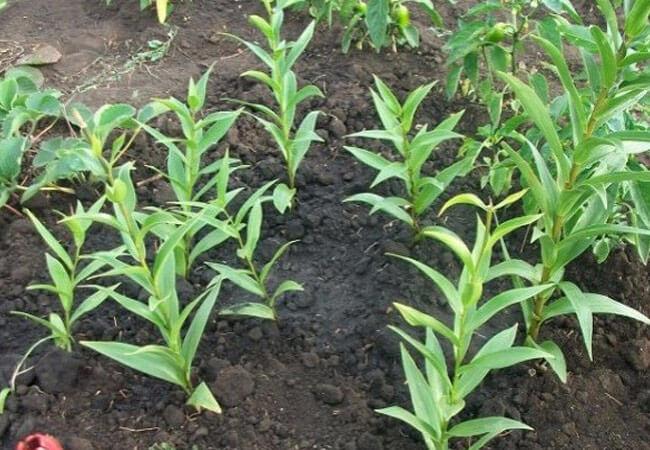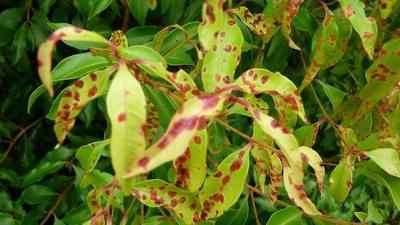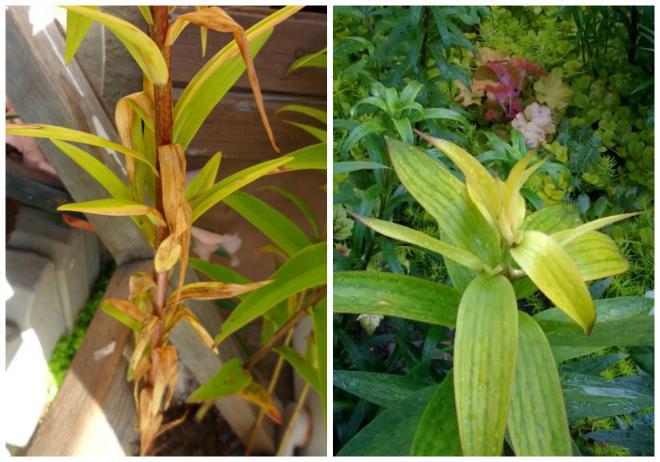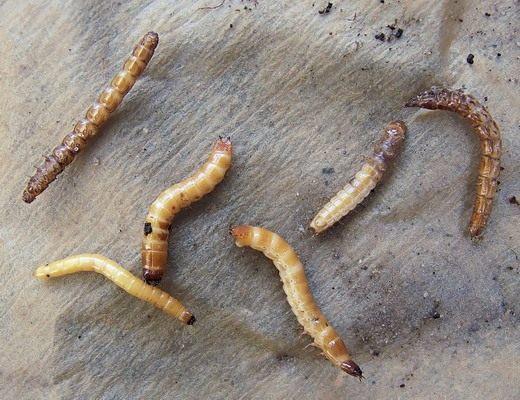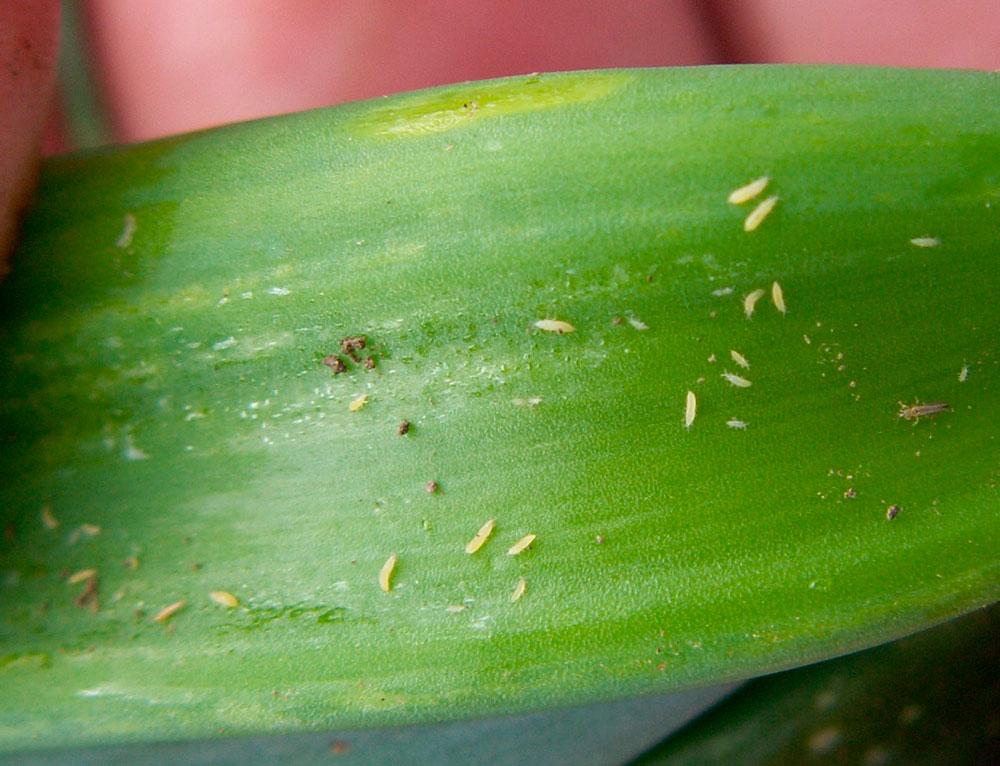The fragrant beauties of lilies that decorate a summer cottage, like all ornamental plants, require agrotechnical care and preventive measures. In their absence, crops are affected by diseases and insect pests. Each lily disease has its own characteristic symptoms, which make it possible to determine the type of pathology at an early stage of infection and take timely measures to save the plants.
- Lily diseases and their treatment
- Gray mold (botrytis)
- Fusarium
- Phythium
- Blue mold
- Penicillosis
- Rust
- Cucumber and tobacco mosaic viruses
- Tulip variegation virus
- Rosette disease
- Flower pests and ways to combat them
- Red beetles, or rattle bugs
- Caterpillars
- Click beetle larvae
- Narcissus fly
- Spider mite
- Thrips
- Slugs
- Mice
- Preventive actions
Lily diseases and their treatment
All diseases of lilies are divided into two categories:
- Fungal. If detected early, they respond well to treatment with folk remedies and chemicals. In most cases, flowers can be saved.
- Viral. In this case, ornamental plants are destroyed, since it is impossible to get rid of such diseases. In addition, there is a risk of infection of other crops on the site.
With regular prevention and proper agrotechnical care, diseases rarely affect lilies.
Gray mold (botrytis)
It is considered one of the most dangerous fungal infections, which not only spoils the decorative appearance of lilies, but also, if not treated in a timely manner, leads to the death of the flower. At first the plant changes its color to brown and looks like it has been burned by fire, later the leaves and buds fall off. Favorable conditions for the development of fungal diseases are cool weather with high humidity.
The causative agent of the disease lives in the soil or on plant debris and affects lilies only under favorable conditions. The first sign of the disease is yellowing of the lower leaves of the crop, then the stem and flowers are affected.
To treat lilies from gray rot, systemic fungicides such as Topsin-M and Fundazol are used; plant treatment is alternated with copper-containing preparations. Dilute chemicals according to the instructions on the package.
The following are recommended as preventive measures:
- Plant flowers in sunny areas that are well ventilated.
- Choose areas with fertile soil.
- Do not thicken the plantings.
- Do not plant lilies in areas where bulbous plants previously grew.
- Weed weeds in a timely manner.
Fusarium
Fusarium also refers to fungal diseases. Spores that live in the ground first infect the bulb of the plant, and then the entire lily. The leaf blades begin to turn yellow, and then dry out and fall off.
Before planting, the crop bulbs are soaked in a highly concentrated solution of potassium permanganate. If there are suspicious spots on them, they are carefully cut off with a knife. After planting, the soil under the lilies is treated with Fitosporin once a week if the weather is cool and rainy outside.
Phythium
If the leaves of lilies have changed their color to yellow, starting from the tops, this is a sign of a fungal disease such as phytium. It affects the roots of plants and causes them to rot. If measures are not taken in time, lilies lose their attractive appearance and there is no flowering. Following the yellowing of the leaves, the stem of the crop becomes deformed and it dries out completely.
It is possible to cope with the disease only in the initial stages of development, with the help of Fundazol. Damaged parts are removed from the plant. Before planting, the bulbs are treated with fungicidal preparations to prevent the disease, and the soil is disinfected with colloidal sulfur.
Blue mold
A fungal disease such as blue mold appears on lily bulbs if the rules for storing them during the winter are violated. They become covered with whitish spots, and greenish-blue spores of the pathogen are also clearly visible. Over time, the roots die off and the bulb acquires a brownish-yellowish tint.
To prevent the disease, provide the plants with suitable storage conditions; at the first sign, treat the bulbs with the fungicide Fundazol. An effective folk remedy is an infusion of marigolds, which is prepared according to the following recipe:
- Take 10 liters of water and 500 grams of crushed flowers.
- Mix and leave to brew for a day. After this, you can process the bulbs.
Penicillosis
The fungal disease affects all parts of the crop and leads to their rotting. A green coating that appears on flowers and stems, as well as on bulbs, is the first symptom of the development of the disease. Peduncles are formed weak, lilies slow down their growth.
To avoid such a pathology, follow the rules for storing planting material. When the first signs appear, the bulbs are kept in a solution of potassium permanganate with a concentration of 2%.
Rust
The pathology spreads through already infected plant debris that was not removed from the site in time. Small colorless spots on the leaves are the first symptom of the disease; over time they acquire a yellowish tint. On the surface of these spots, pads containing spores of the pathogen are visible. If treatment is not started, the leaf blades and stems will dry out and the plant will die.
First of all, the affected leaves are cut off and burned. The remaining parts are treated with Forecast, and phosphorus-potassium fertilizers are also regularly used. It is not recommended to plant bulbous plants in an area affected by rust for 3 years.
Cucumber and tobacco mosaic viruses
If, when fungal diseases develop, timely treatment can save the plants, then in case of viral infections, lilies will have to be dug up and destroyed. The carrier of the cucumber and tobacco mosaic virus is considered to be aphids. Initially, light streaks and ring spots appear on flowers and leaf blades; later, the stem of the crop becomes deformed and stops its growth.
Preventive measures help prevent illness.The flowers are constantly inspected, and if suspicious spots appear, the leaves are removed. Also, only disinfected material is used for gardening. If aphids are noticed on the site, they begin to get rid of the pest using chemicals.
Tulip variegation virus
It most often affects tulips, but aphids can also spread to lilies, penetrating plant cells. Symptoms are expressed by impaired pigmentation of buds, noticeable weakening of the plant and degeneration of the variety.
Already affected plants are removed from the site in a timely manner and aphids are fought.
Rosette disease
Pathology is provoked by a whole complex of viruses. The stem of lilies thickens and becomes yellowish in color. Flowering never occurs. Culture weakens and dies. When the first signs of the disease are detected, the affected plants are immediately destroyed to prevent infection of other flowers in the area.
Flower pests and ways to combat them
If agricultural practices are followed and preventive measures are carried out regularly, insect pests rarely attack lilies.
Red beetles, or rattle bugs
Red beetles are characterized by great activity and incredible gluttony. If you don’t start fighting them in time, they almost completely eat up the leaves of the plants. It is recommended to do preventive spraying in the spring, otherwise the larvae emerging from laid eggs in early June will completely destroy the crops.
They use a mechanical method, in which the bugs are shaken into a jar of water and then destroyed outside the garden plot, and a chemical one. Among broad-spectrum insecticides, Sonet has earned positive reviews - dilute the drug according to the instructions for use and treat the plantings.
Caterpillars
The caterpillars overwinter in the soil and with the arrival of spring, climbing out, they begin to eat stems and flowering shoots. To combat the pest, they use chemicals and get rid of weeds in a timely manner, because this is where the butterflies lay their eggs.
Click beetle larvae
The most dangerous for lilies are considered to be adult larvae, which gnaw out passages on the bulbs, as a result of which the flower dies. Signs of damage include curling of leaves and wilting of the crop. To combat the pest, insecticidal preparations are used - Medvetox or Provotox. As a preventive measure, they spill the soil with a solution of potassium permanganate and lime the soil, since its high acidity is an ideal environment for the development of larvae.
Narcissus fly
It is not the daffodil fly itself that causes damage to lily plantings, but its larvae, which it lays in the soil. The larvae feed on the pulp of the bulbs, which leads to weakening and death of the flowers. As control measures, drugs such as Aktara or Decis are used, diluting them according to the instructions and watering the soil around the lilies. As a preventive measure, mulch the soil around the plants with peat.
Spider mite
The spider mite feeds on the sap of young lily shoots, which leads to weakening of the plant. For minor lesions, use a soap solution; in case of a pest invasion, resort to acaricides - Apollo or Anti-mite.
Thrips
Plant cell sap serves as food for thrips. Loss of attractiveness, slow growth and development are the first signs of pest damage. Agravertin or Fitoverm are used for destruction.
Slugs
Slugs eat the leaves, causing the plant to lose its attractiveness. To combat them, beer traps are used; if there are a lot of pests, they are used drugs Thunderstorm or Slime Eater.
Mice
In winter, mice often feed on succulent lily bulbs. To repel the pest, rags soaked in kerosene are buried next to the flowers. You can also use ultrasonic repellers.
Preventive actions
Prevention reduces the risk of disease development and prevents pests from appearing on the site. The range of activities includes:
- Timely weeding of weeds.
- Compliance with the irrigation regime.
- Disinfection of soil with formaldehyde solution.
- Maintaining crop rotation.
- Use of potassium-phosphorus fertilizers for fertilizing.
It must be remembered that all work in the garden is carried out only with disinfected tools.


